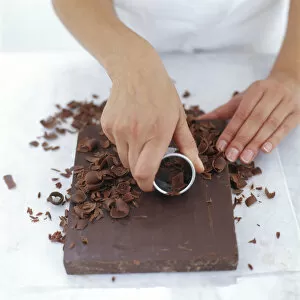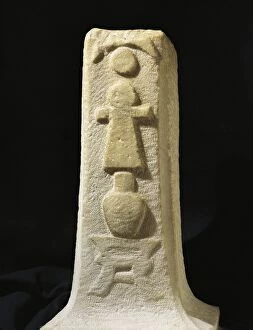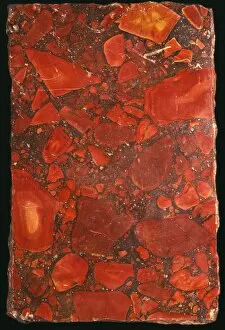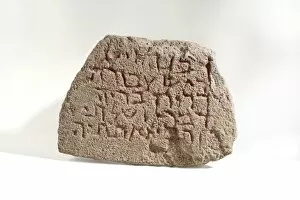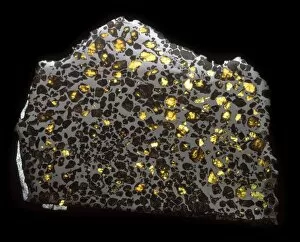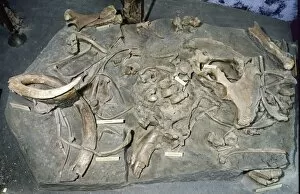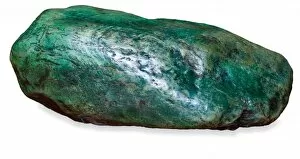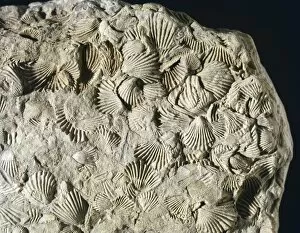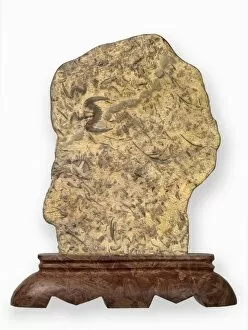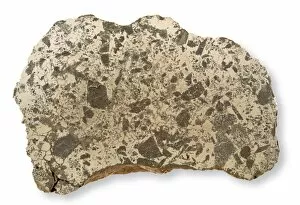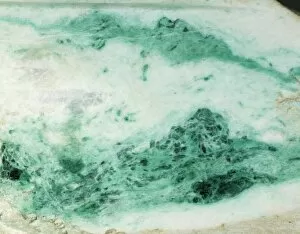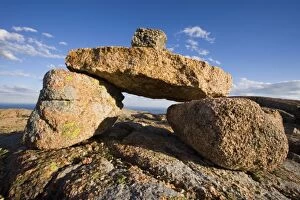Slab Collection (page 7)
"From ancient scripts to modern marvels, the slab holds stories of time
For sale as Licensed Images
Choose your image, Select your licence and Download the media
"From ancient scripts to modern marvels, the slab holds stories of time. Dating back to 3000 BC, cuneiform writing etched on a clay slab reveals the earliest form of written communication. A front view of this historical artifact transports us to an era where knowledge was preserved in stone. In another commemorative slab, we witness Pope Benedict XVI's visit to Marienplatz in Munich. This enduring symbol captures the significance of his presence and serves as a reminder of faith and unity. Nature's slabs also captivate our imagination. Schoolboys find solace sitting on The Table Rock amidst Glyder Fach in Snowdonia, connecting with nature's grandeur while contemplating life's mysteries. A polished labradorite slab showcases Earth's hidden treasures. Its mesmerizing colors and patterns unveil the beauty that lies beneath its surface, reminding us that true magnificence often requires deeper exploration. Shifting our focus from natural wonders to urban landscapes, Nottingham Market Square takes center stage in various snapshots throughout history. In 1927, bustling crowds filled this vibrant square as people went about their daily lives. Two years later, tram tracks were laid down - a testament to progress and innovation shaping cityscapes. Market Place and Long Row stand as witnesses to Nottingham's rich heritage - timeless landmarks where generations have gathered for commerce and community bonding over centuries past. Delving further into history’s embrace is Market Square during the early 1900s; it exudes an aura reminiscent of bygone eras when horse-drawn carriages traversed its cobblestone streets. Artistic expressions also find their place on slabs like "Passage of Theores. " This intricate detail depicting Three Graces offers glimpses into mythological tales that continue captivating minds even today. Traveling across continents brings us face-to-face with salt blocks extracted from Ethiopian salt flats in Dallol within Danakil Depression’s Afar Region.








